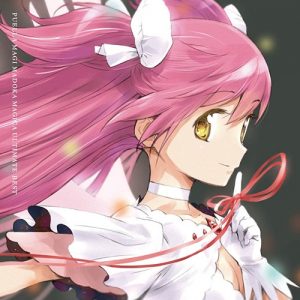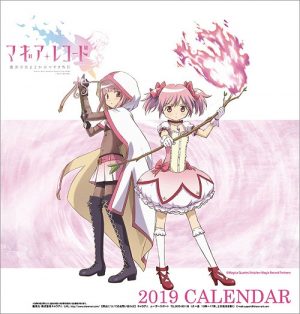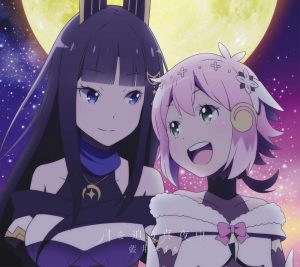
When you think of kid-friendly anime, mahou shoujo (translated as “magical girl”) shows are probably pretty high on the list. They’re all about young girls conquering evil with sparkly magic and the power of friendship, right? Well, not so much anymore.
Mahou shoujo anime in the classic style still exist, of course, but the staggering impact of shows like Princess Tutu (2002) and Mahou Shoujo Madoka Magica (2011), among others, has blown the door wide open for deconstructing the typical tropes and expectations of what once was once viewed as a genre strictly for young girls. In this two-part series, we’ll explore how mahou shoujo grew and changed over time, and how certain influential shows turned the entire genre on its head.
The Norm
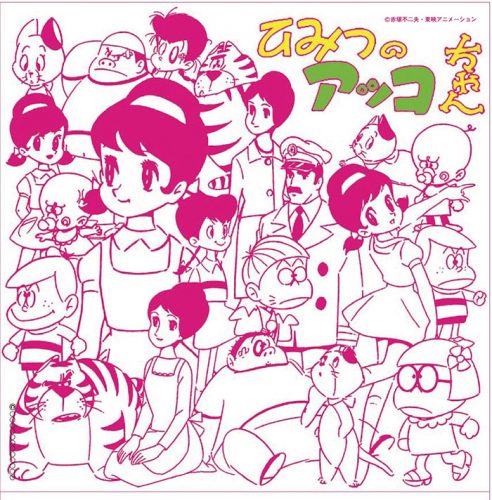
Mahou shoujo is one of the oldest genres in anime history. The first shows, Sally the Witch (1966) and Himitsu no Akko-chan (1969), were inspired by the American sitcom Bewitched and started a trend of wholesome stories starring cute girls with magical powers. These shows kept a lighthearted tone, trying to stay away from any darker themes or truly evil threats that could overwhelm the delicate female protagonists. True to their ‘60s sitcom origins, early mahou shoujo anime were mostly just light bits of entertainment that didn’t push any boundaries.
It wasn’t until the 1970s, with the release of Cutey Honey (1973) and Majokko Megu-chan (1974), that magical girl shows began to evolve. These anime starred tomboyish protagonists and delved into more serious and realistic storytelling, as well as introducing fanservice to the genre. Most of today’s magical girl anime, even those aimed at children such as the Precure franchise, are more rooted in the style of Cutey Honey and Majokko Megu-chan than that of the squeaky clean and inoffensive earlier shows.
How Can We Be Different?
The ‘90s and 2000s were an experimental time for the mahou shoujo genre, with many shows tackling established tropes and trying to shake up the formula with their own styles. Bishoujo Senshi Sailor Moon (1992) took inspiration from the Super Sentai franchise to create the first coordinated team of magical girls, including the mysterious Outer Senshi who couldn’t be fully trusted. It was also the first mahou shoujo anime to achieve widespread international success, thereby influencing later anime to follow its lead.
Shoujo Kakumei Utena (1997), known in the West as Revolutionary Girl Utena, challenged the traditional girliness of the genre by having a much more masculine and prince-like protagonist who fights to protect her own princess. Along with Sailor Moon, this opened up magical girl romance plots to focus on friendships and relationships between women instead of adding a male love interest (who may not be as interesting as the female characters we’ve come to know).
Then came Princess Tutu (2002). Despite its seemingly simplistic and girly presentation, it was one of the first magical girl anime to really push the genre into a post-modern self-awareness and confrontation of its own clichés. The protagonists rebel against the storyteller, who has been trying to create the perfect tragedy filled with romance and demure characters. Instead of following such a tired plot, Ahiru and her friends take matters into their own hands and decide their own future. This anime showed that, no matter how young and feminine a magical girl looks, she can still have agency and nerves of steel.
Finally, Futari wa Precure (2004), the first entry in the Precure franchise, took everything that these rebellious shows pioneered and packaged it into a new form for a modern audience. The two main characters fought evil together with both the power of love and kickass fighting moves, they had a realistic friendship that got plenty of development and screentime, and they managed to be cute and strong at the same time. The franchise is still going to this day, with each year bringing with it a new Precure team with their own powers, struggles, and real threats to overcome.
Final Thoughts
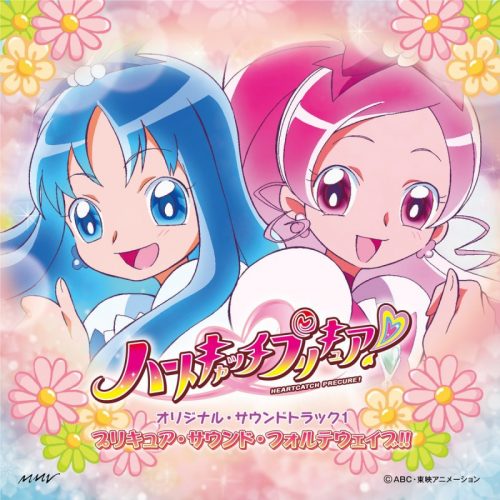
The mahou shoujo genre has changed immeasurably over the years, with newer shows challenging the conventions of their forbearers and, in the process, creating conventions of their own. Next time, we’ll explore how Mahou Shoujo Madoka Magica (2011) made such an impact that it influenced nearly every magical girl anime in the 2010s.
What do you like about mahou shoujo? What’s your favorite show? Do you like more light-hearted stories or ones with a darker edge? Let us know in the comments, and thanks so much for reading!
Recommended Post


